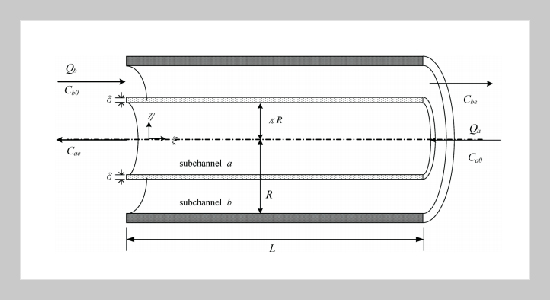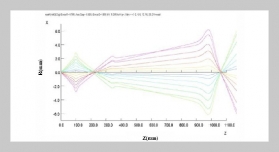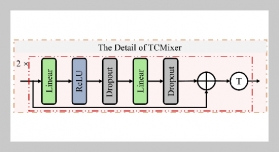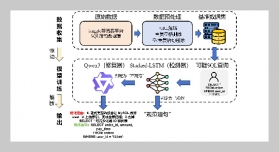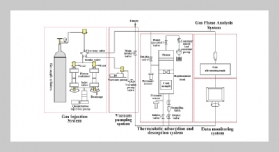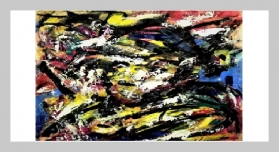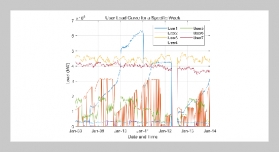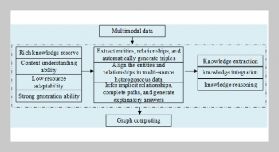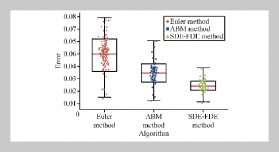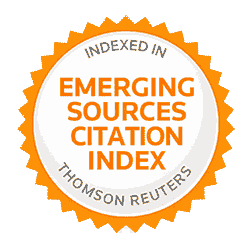REFERENCES
- [1] Mulder, M., (Ed.), Basic Principles of Membrane Technology, Kluwer Academic Publishers, London (1997).
- [2] Vajda, M., Havalda, I. and Macek, R., Membranebased solvent extraction and stripping of zinc in a hollow-fibre contactor operating in a circulating mode, Desalination, Vol. 163, p. 19 (2004).
- [3] Yeh, H. M., Chen, C. H. and Yueh, T. Y., Influence of channel-width ratio on solvent extraction through a double-pass parallel-plate membrane module, J. Membrane Sci., Vol. 230, p. 13 (2004).
- [4] Ortiz, I., Bringas, E., San Román, M. F. and Urtiaga, A. M., Selective separation of zinc and iron from spent pickling solutions by membrane-based solvent extraction: Process viability, Sep. Sci. Tech., Vol. 39, p. 2441 (2004).
- [5] Kumar, P. S., Hogendoorn, J. A., Feron, P. H. M. and Versteeg, G. F., New absorption liquids for the removal of CO2 from dilute gas streams using membrane contactors, Chem. Eng. Sci., Vol. 57, p. 1639 (2002).
- [6] Wang, W. P., Lin, S. T. and Ho, C. D., An analytical study of laminar co-current flow gas absorption through a parallel-plate gas-liquid membrane contactor, J. Membr. Sci., Vol. 278, p. 181 (2006).
- [7] Lee, H. K., Jo, H. D., Choi, W. K., Park, H. H., Lim, C. W. and Lee, Y. T., Absorption of SO2 in hollow fiber membrane contactors using various aqueous absorbents, Desalination, Vol. 200, p. 604 (2006).
- [8] Gnusin, N. P., Berezina, N. P., Kononenko, N. A. and Dyomina, O. A., Transport structural parameters to characterize ion exchange membranes, J. Membr. Sci., Vol. 243, p. 301 (2004).
- [9] Tanaka, Y., Concentration polarization in ion-exchange membrane electrodialysis: The events arising in an unforced flowing solution in a desalting cell, J. Membrane Sci., Vol. 244, p. 1 (2004).
- [10] Ugrozov, V. V., Elkina, I. B., Nikulin, V. N. and Kataeva, L. I., Theoretical and experimental research of liquid-gap membrane distillation process in membrane module, Desalination, Vol. 157, p. 325 (2003).
- [11] Gabelman, A. and Hwang, S. T., Hollow fiber membrane contactors, J. Membrane Sci., Vol. 159, p. 61 (1999).
- [12] Prasad, R. and Sirkar, K. K., Hollow fibers solvent extraction: performances and design, J. Membrane Sci., Vol. 50, p. 153 (1999).
- [13] Yeh, H. M. and Chen, C. H., Recycle effect on solvent extraction through concurrent-flow parallel-plate membrane modules, J. Membrane Sci., Vol. 190, p. 35 (2001).
- [14] Prasad, R. and K. K., Dispersion-free solvent extraction with microporous hollow-fibers modules, AIChE J., Vol. 34, p. 177 (1988).
- [15] Yun, C., Prasad, R. and Sirkar, K. K., Membrane solvent extraction removal of priority organic pollutants from aqueous waste stream, Ind. Eng. Chem. Res., Vol. 31, p. 1709 (1992).
- [16] Juang, R. S., Chen, J. D. and Huan, H. C., Dispersionfree membrane extraction: case studies of metal ion and organic acid extraction, J. Membrane Sci., Vol. 165, p. 59 (2000).
- [17] Juang, R. S. and Huang, H. C., Non-dispersive extraction separation of metals using hydrophilic microporous and cation exchange membranes, J. Membrane Sci., Vol. 156, p. 179 (1999).
- [18] Ding, H. and Cussler, E. L., Fractional extraction with hollow fibers with hydrogel-filled wall, AIChE J., Vol. 37, p. 855 (1991).
- [19] Prasad, R. and Sirkar, K. K., Microporous membrane solvent extraction, Sep. Sci. Tech., Vol. 22, p. 619 (1987).
- [20] Prasad, R. and Sirkar, K. K., Solvent extraction with microporous hydrophilic and composite membrane, AIChE J., Vol. 33, p. 1057 (1987).
- [21] Ho, C. D., Yeh, H. M. and Sheu, W. S., An analytical study of heat and mass transfer through a parallel-plate channel with recycle, Int. J. Heat Mass Transfer, Vol. 41, p. 2589 (1998).
- [22] Ho, C. D., Improvement in performance of doubleflow laminar countercurrent mass exchangers, J. Chem. Eng. Jpn., Vol. 33, p. 545 (2000).
- [23] Yeh, H. M. and Huang, C. M., Solvent extraction in multupass parallel-flow mass exchangers of microporous hollow-fiber modules, J. Membrane Sci., Vol. 103, p. 135 (1995).
- [24] Yeh, H. M. and Chen, Y. K., Correction-factor analysis of membrane extraction in flat-plate modules, J. Chin. Inst. Chem. Engrs., Vol. 32, p. 453 (2002).
- [25] Nunge, R. J., Gill, W. N., Analysis of heat transfer in some countercurrent flows. Int. J. Heat Mass Transfer, Vol. 8, p. 873 (1965).
- [26] Nunge, R. J., Gill, W. N., An analytical study of laminar counterflow double-pipe heat exchangers, AIChE J., Vol. 12, p. 279 (1966).
- [27] Ho, C. D., Yeh, H. M. and Chiang, S. C., A study of mass transfer efficiency in a parallel-plate channel with external refluxes,Chem. Eng. J., Vol. 85, p. 207 (2002).
- [28] Ho, C. D. and Guo, J. J., An analytical study of separation efficiency on the enrichment of heavy water in double-flow thermal-diffusion columns with flow-rate fraction variations, Chem. Eng. Commun., Vol. 192, p. 424 (2005).


